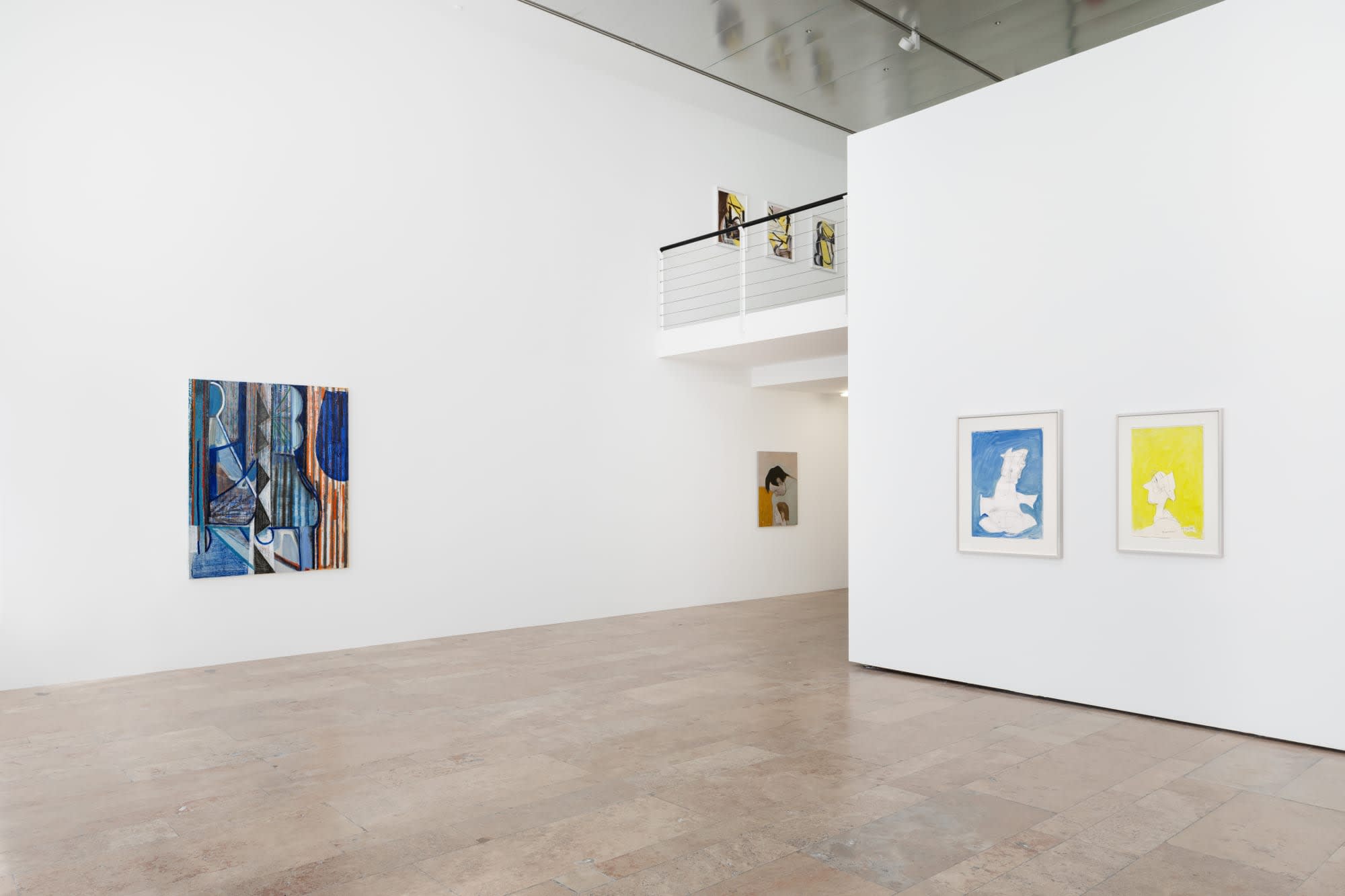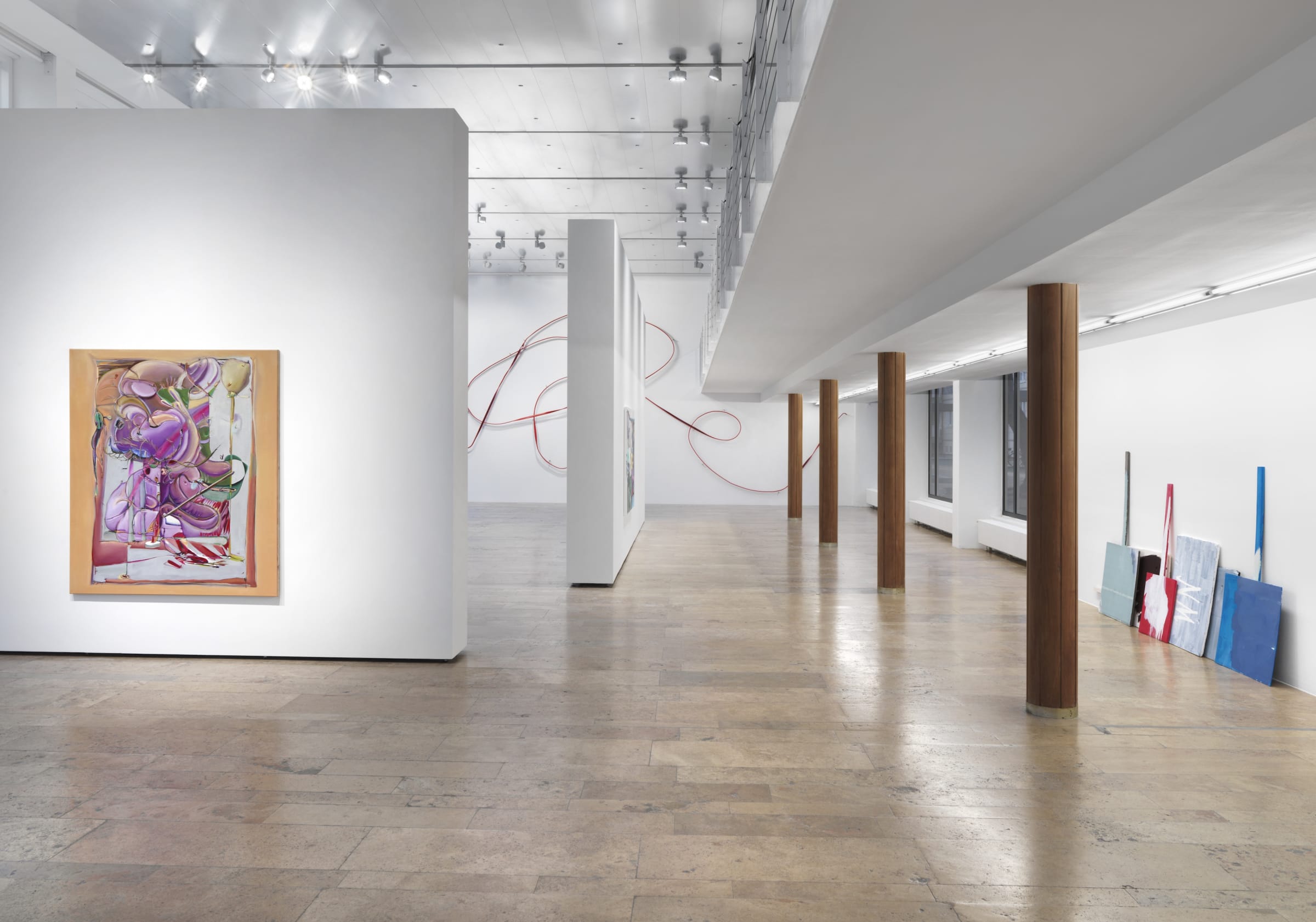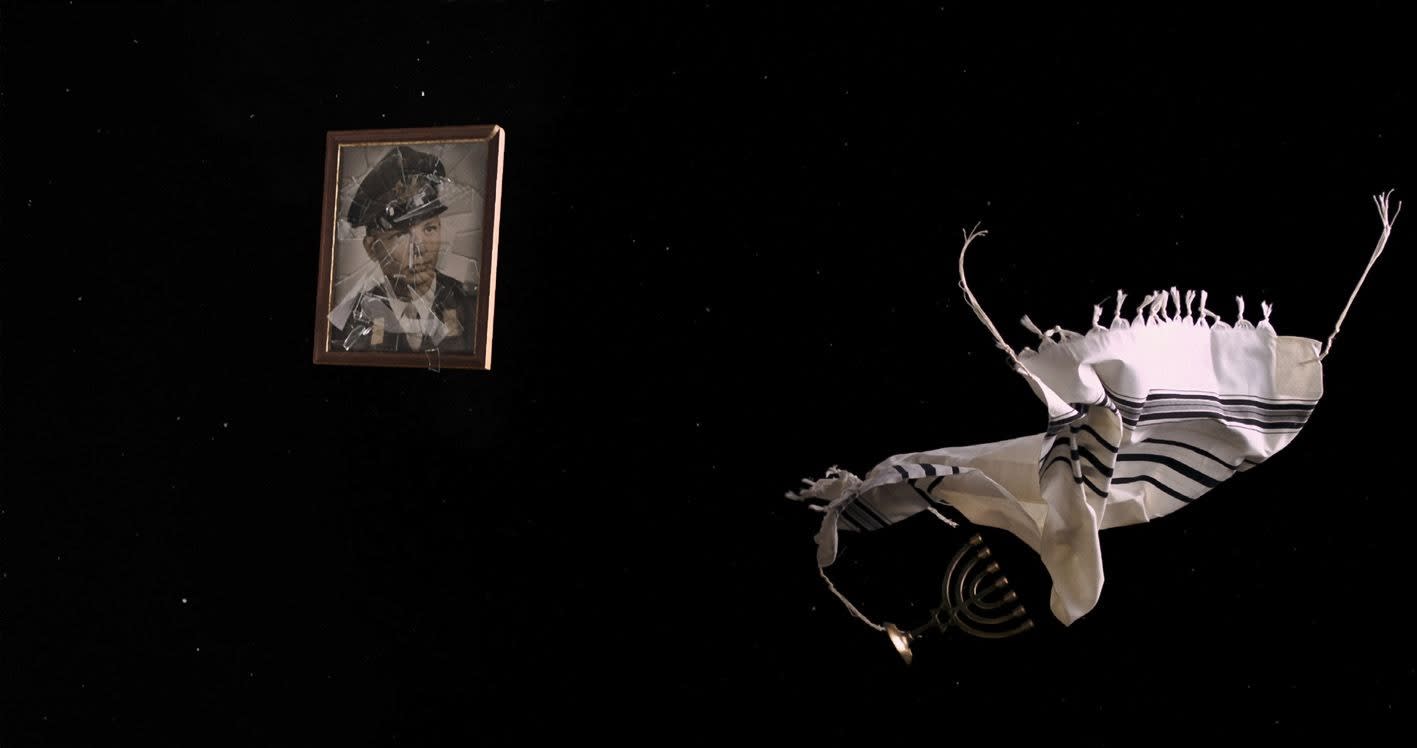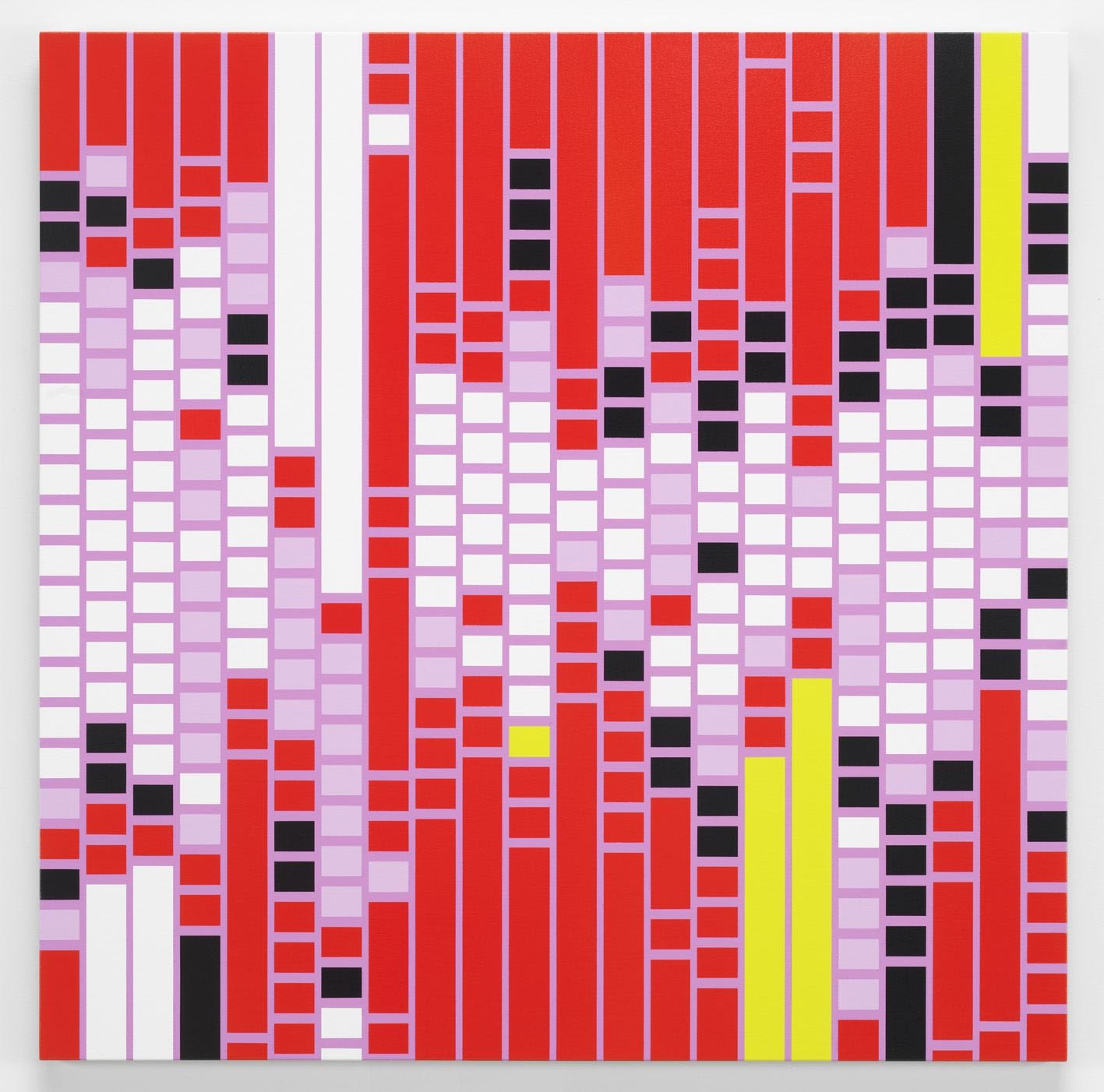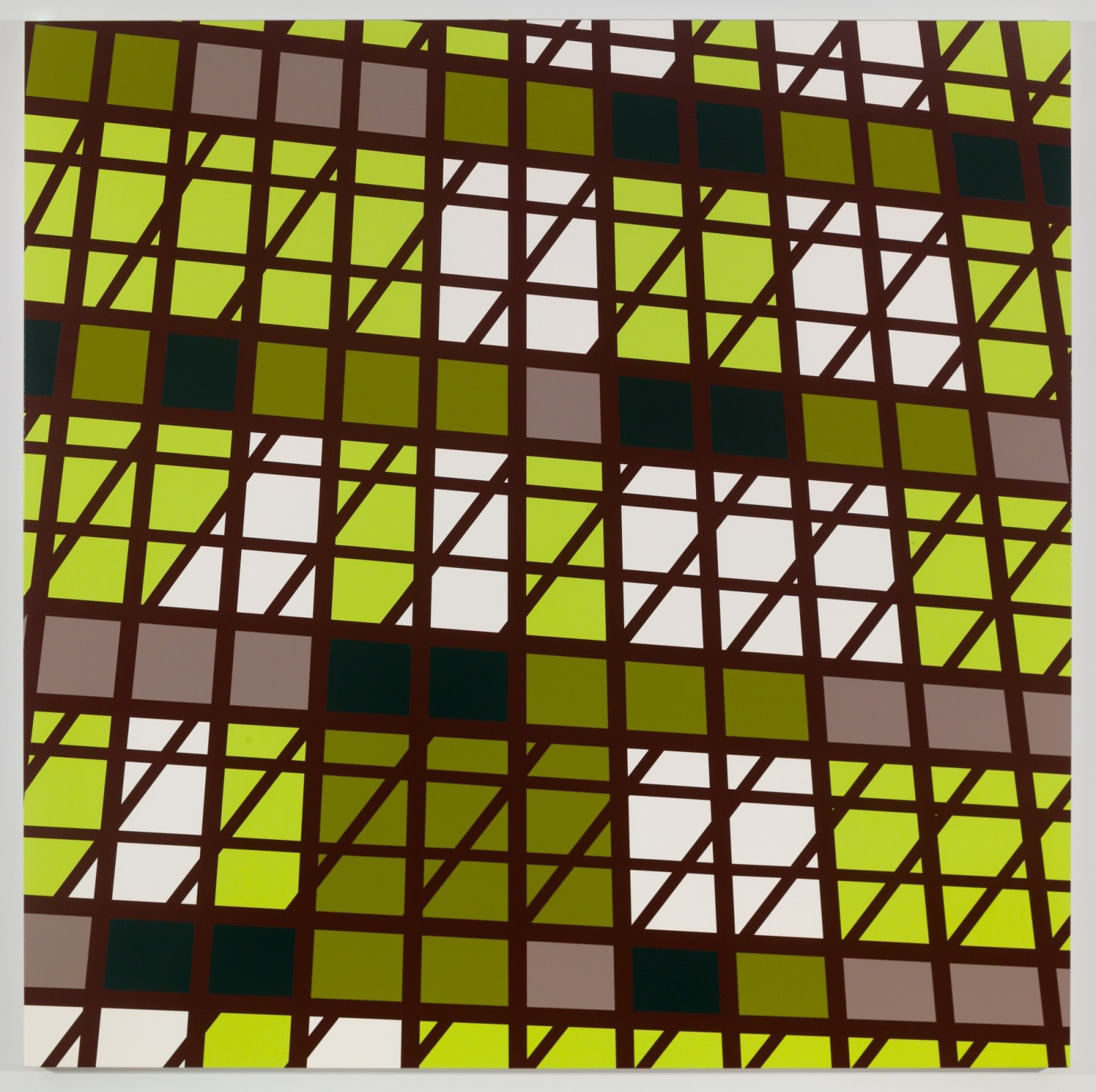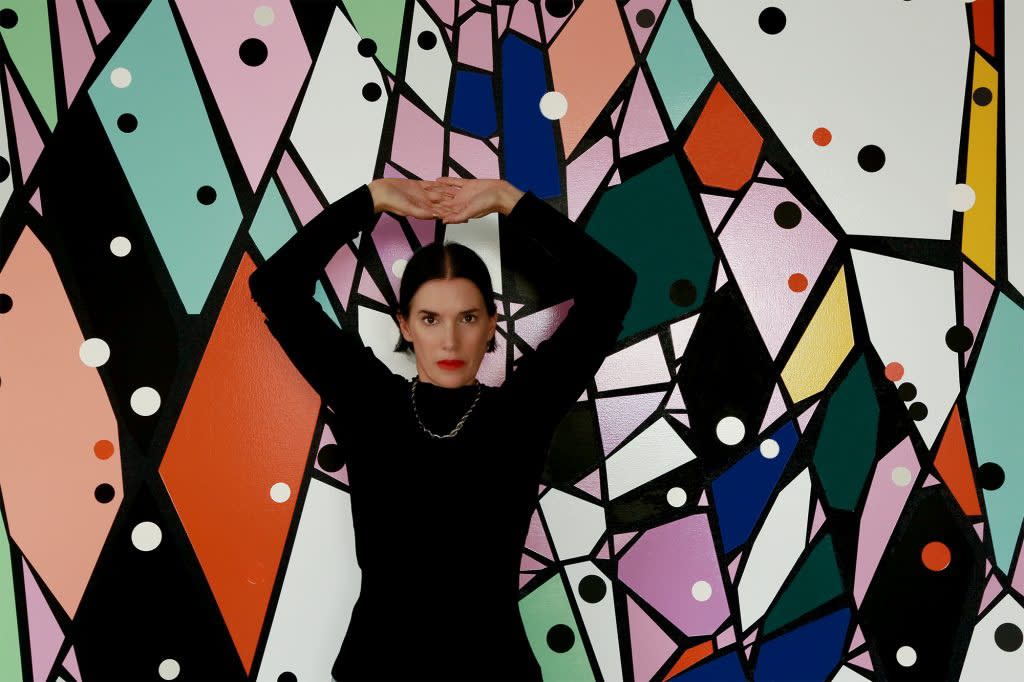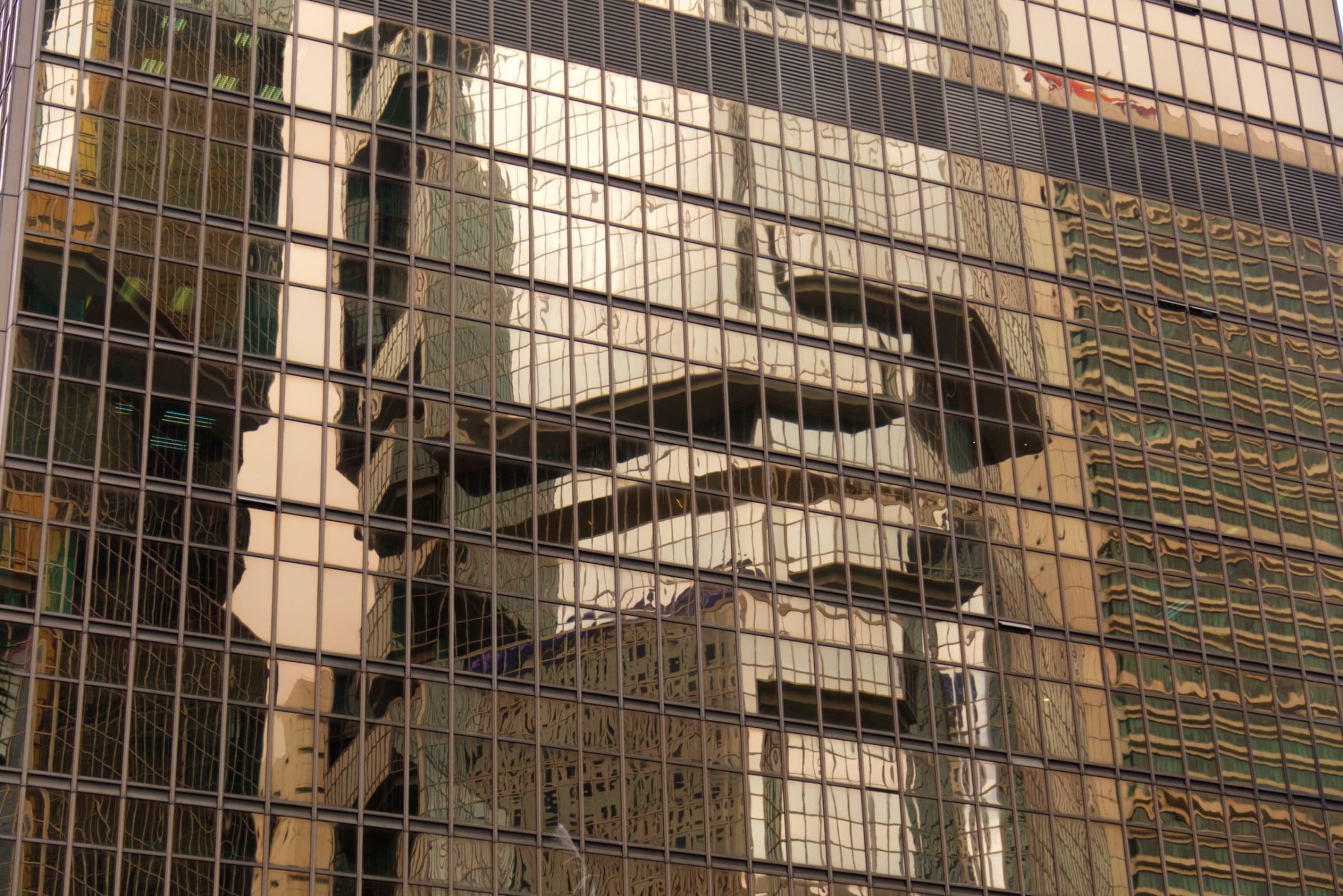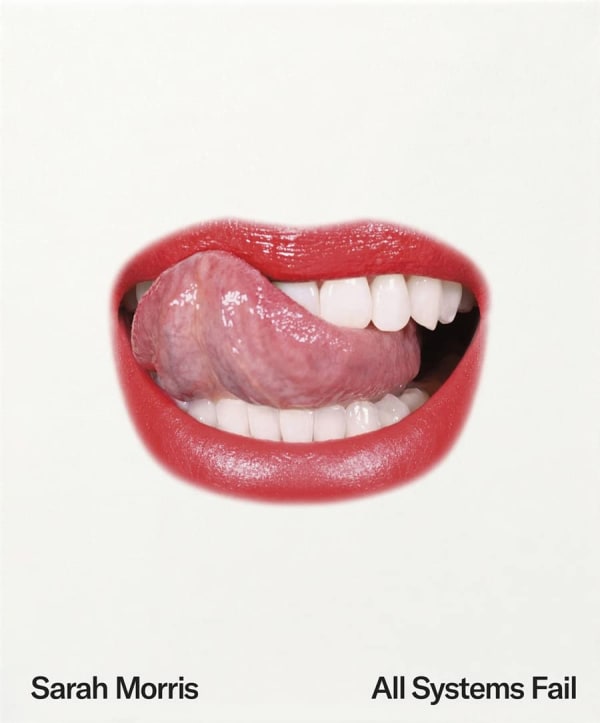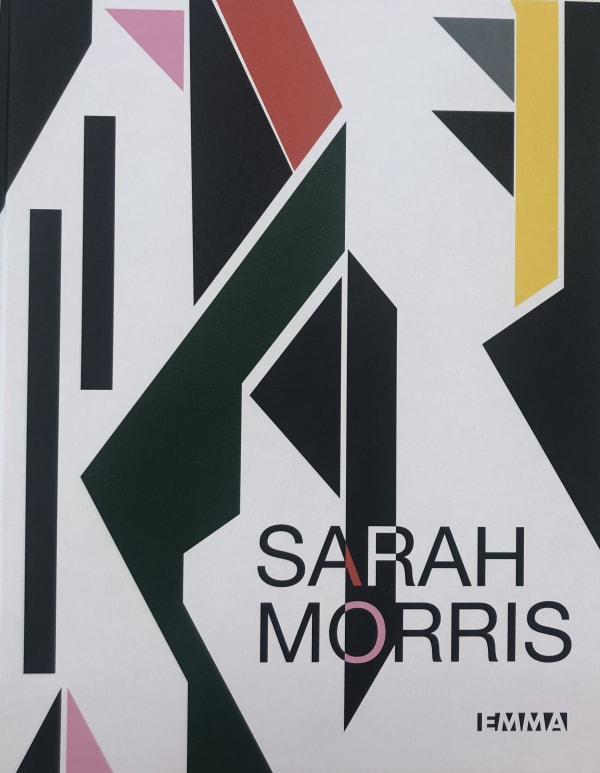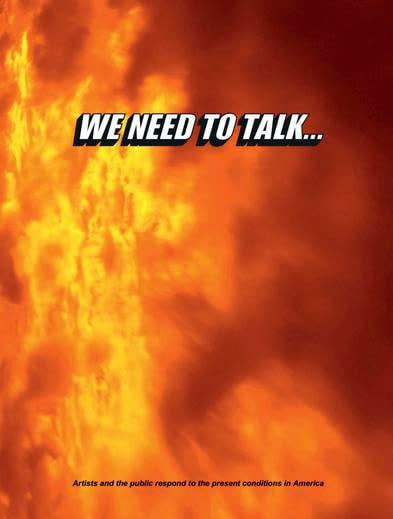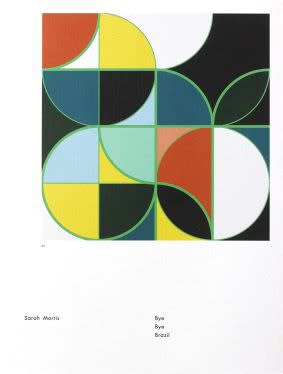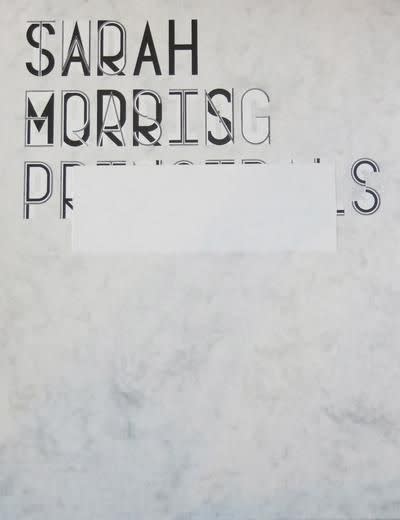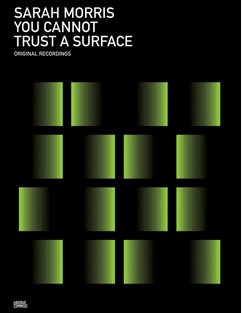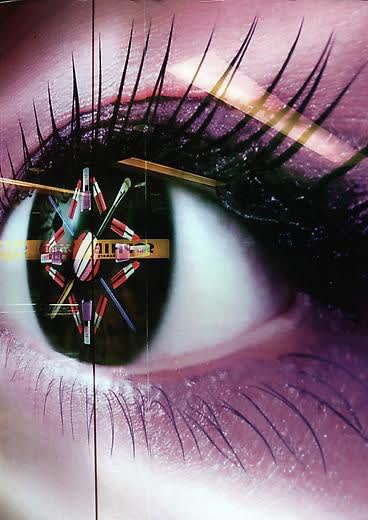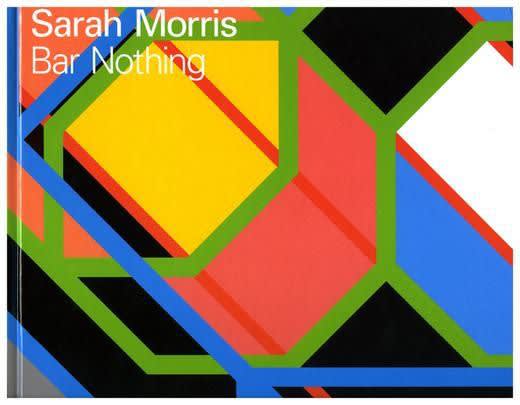Sarah Morris
-
Biography
Born 1967 in Sevenoaks, UK
Lives and works in New York and London
Since the 1990s, Sarah Morris has received international acclaim for her films and paintings that explore contemporary urban topologies and their underlying psychologies. In her films, Morris presents expressionistic portraits of cities such as Paris, Abu Dhabi, Los Angeles and Beijing, and investigates their inherent codes and power structures. Morris constructs narratives in differing but always insightful and surprising ways, depicting the cities’ psychologies through specific urban scenes, sites, or viewpoints.
Her paintings, which she considers as parallels to her films, take a different vantage point to resemble abstracted geometric works painted in gloss paint on canvas. They make reference to architectural motifs and are rendered in vivid colours inspired by city landscapes. Morris’ paintings are smooth and precise and her visual language dramatic and emotive. Alongside this practice, she has also created site-specific architectural works for numerous institutions and public spaces, including the 39th Avenue MTA Station in Long Island City, New York (2019); Palais de Tokyo, Paris (2015); Kunsthalle Bremen (2013); and Lever House, New York (2006).
In 2023 and 2024 Sarah Morris' major retrospective All Systems Fail was on view at the Deichtorhallen, Hamburg; the Kunstmuseen Krefeld and the Zentrum Paul Klee, Bern. The exhibition will travel to the Kunstmuseum Stuttgart in September 2024. She has exhibited extensively worldwide, including at the Sao Paulo Museum of Art (2020); Ullens Center for Contemporary Art, Beijing (2018); Espoo Museum of Modern Art, Finland (2017); M Museum, Leuven, Belgium (2015); Kunsthalle Bremen (2013); Wexner Center for the Arts, Columbus (2012); Fondation Beyeler, Basel (2008); Museum Boijmans van Beuningen, Rotterdam (2006); Palais de Tokyo, Paris (2005); Hamburger Bahnhof, Berlin (2001) and many more. Her work is included in many public collections, including the Solomon R. Guggenheim Museum and Museum of Modern Art in New York, Centre Pompidou and Fondation Louis Vuitton in Paris, Tate Modern and Victoria & Albert Museum in London, Museum of Contemporary Art, Los Angeles, Städtische Galerie im Lenbachhaus, Munich, Stedelijk Museum, Amsterdam and Miami Art Museum, among others.
-
-
![Sarah Morris, Bank of China [Hong Kong], 2024](data:image/gif;base64,R0lGODlhAQABAIAAAAAAAP///yH5BAEAAAAALAAAAAABAAEAAAIBRAA7)
-

-
-
Works
Sarah Morris
1972, 200835mm/HD, Duration: 38 minutes 12 secondsEd of 5, 1APB-SMORRIS-.14-0001Sarah Morris’s seventh film is an intimate portrait of an individual in the city of Munich. Dr. Georg Sieber was the head psychologist of the Olympic Police. Sieber was present...Sarah Morris’s seventh film is an intimate portrait of an individual in the city of Munich. Dr. Georg Sieber was the head psychologist of the Olympic Police. Sieber was present on Connolly Street on the tragic morning of September 5th, 1972 when members of the terror group Black September attacked and took hostage the members of the visiting Israeli Olympic Team. Later that morning, he resigned from his position. Sieber was hired by the International Olympic Committee and Munich Police to project possible scenarios that would jeopardize the safety of the Olympic Games and prepare the security training that they would require. One of the scenarios written by Sieber was an almost exact prognosis of what was to fatefully play out in reality. Continuing her investigation of the concept of the “peripheral” character, it becomes clear that Sieber had proposed an alternative method of navigating the situation that could have led to a different outcome.
In 1972, Morris mixes police surveillance footage of demonstrators and archival photos of the 1972 Summer Olympic Games, with shots of the Munich Olympia-park and a candid interview of Sieber who has a long-standing career as a psychologist and is an expert on international security matters. The film, shot on 35mm, investigates the issue of projection and planning and its potential failures through this specific instance in history. It exposes a subjective parallel view radically different than the widely received ideas surrounding the events of the 1972 Olympics.ExhibitionsExternal ExhibitionsNewsPressPublications

![Sarah Morris, Bank of China [Hong Kong], 2024](https://artlogic-res.cloudinary.com/w_2400,h_2400,c_limit,f_auto,fl_lossy,q_auto/artlogicstorage/capitainpetzel/images/view/d6272b3e008a465a8ea809f7f0d795a5j.jpg)


